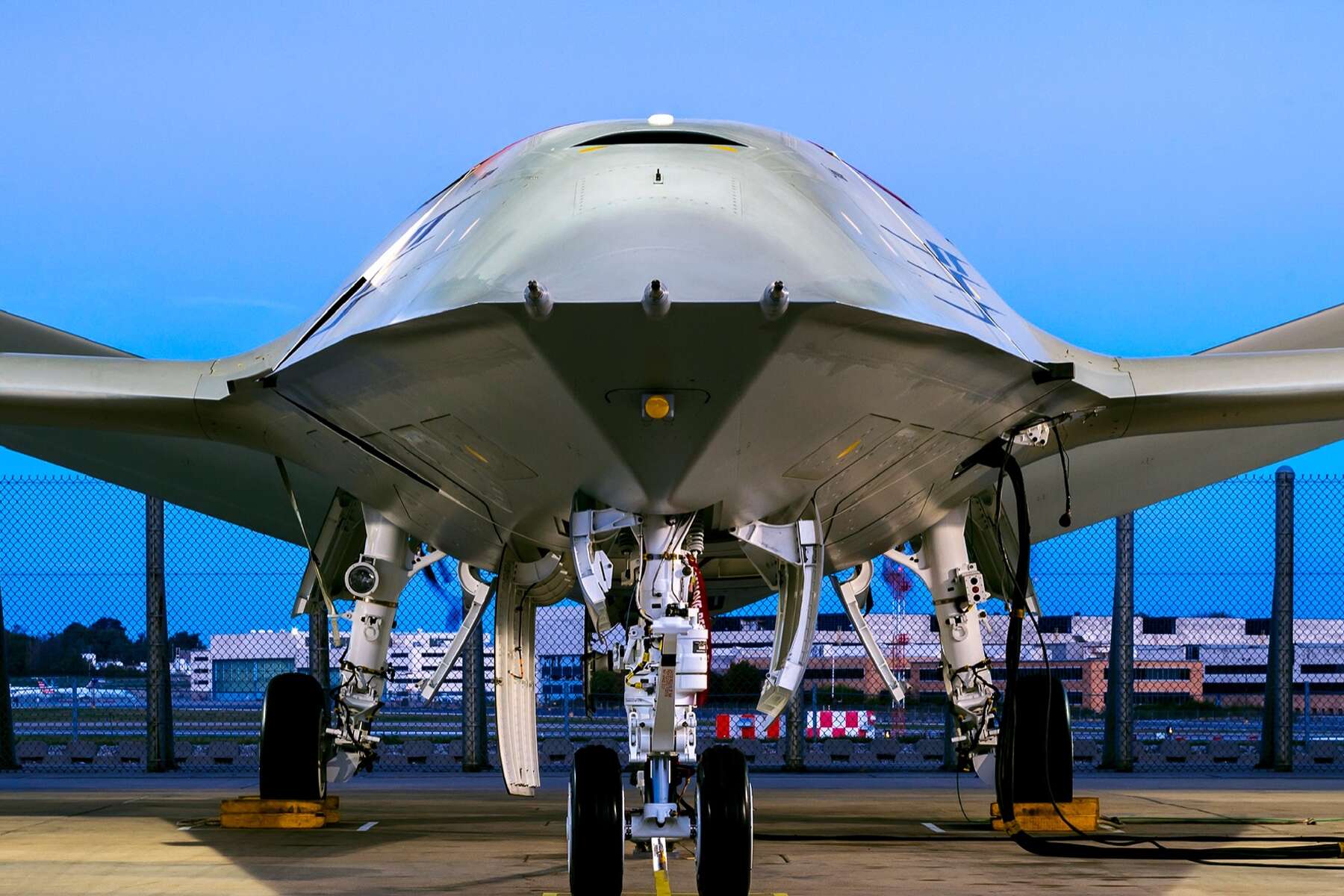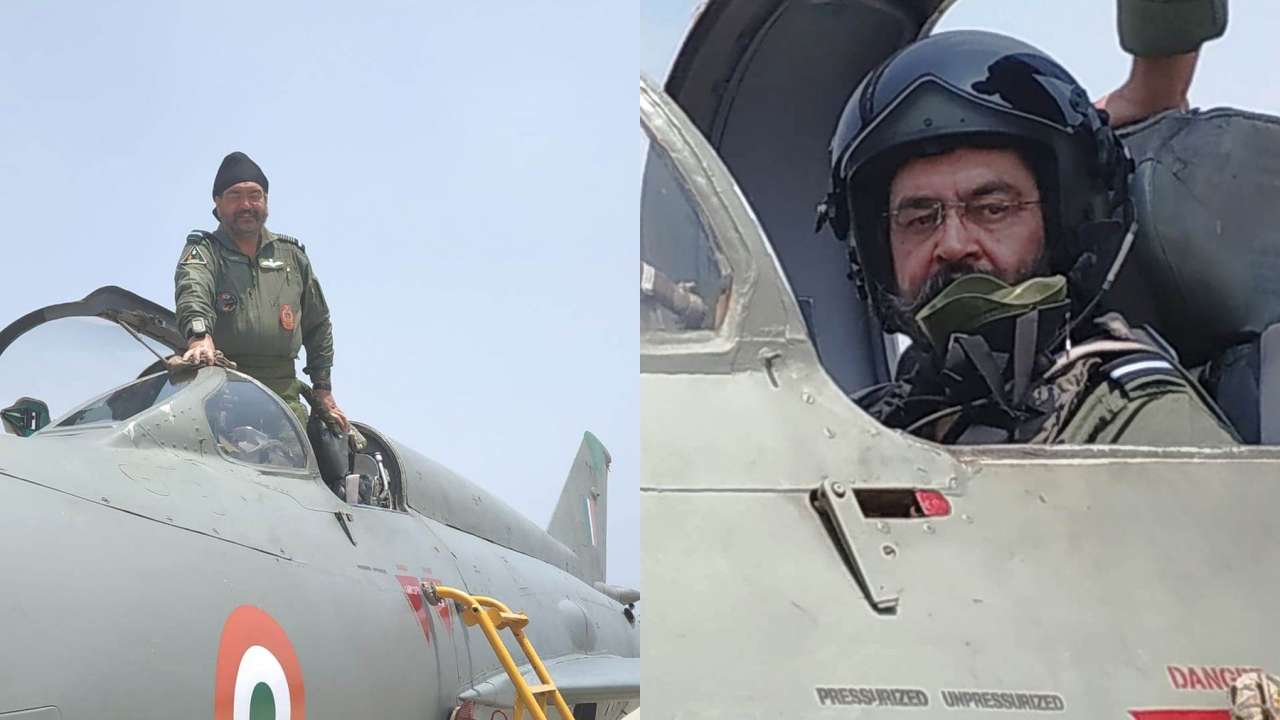Are Fighter Jets Pressurized - This article needs additional citations for verification. Please help improve this article by adding citations to reliable sources. Unsourced material may be challenged and removed. Find a source: "Aircraft canopy" – News Newspapers Books Academics JSTOR (July 2017) (learn how and what to delete this template message)
A canopy is a transparent closure that covers the cockpit of some types of aircraft. An aircraft canopy provides a controlled and sometimes pressurized environment for the aircraft's crew and provides a wider field of view than a conventional flight deck. The canopy shape is a compromise designed to maximize visibility for the pilot and other crew members while minimizing air resistance.
Are Fighter Jets Pressurized

Very early aircraft did not have canopies. Pilots were exposed to wind and weather, but most of the flights took place in good weather. By World War I, most planes had no canopies, but often had small windscreens to deflect the wind and clean the propellers from the pilot's face. Aircraft speed and height increased, requiring fully enclosed cockpits and canopies becoming more common.
How Fighters Like The F 18 Make Clouds
Early canopies were made of many flat pieces of glass held in place by frames and muntins. Kumiko reduced visibility and was especially inconvenient for military aircraft. Glass canopies were also much heavier than acrylic canopies, which were first introduced shortly before World War II.Acrylic bubble canopies were used on aircraft such as the Supermarine Spitfire and Westland Whirlwind. , improved visibility from all directions and reduced weight. It is still used in most fighter planes today.
In the 1970s, American aviation artist Keith Ferris devised a fake canopy that was painted on the underside of a military aircraft just below the front of the aircraft to camouflage the direction the aircraft was facing. This list was inspired by animals and fish that have similar markings on their heads and tails, which can confuse other creatures. It claims that if you're close enough to it, you can't be fooled by being too close.
In many high performance military aircraft, the canopy is an integral part of the ejection seat system. The pilot cannot be ejected from the aircraft until the canopy is out of the ejection seat path. In most jet propulsion, the canopy is blown upwards and backwards by explosive charges. A relative wind will blow the canopy away from the ejection path. However, on some aircraft, such as the McDonnell Douglas AV-8B Harrier II, the pilot is either forced to eject her Wh while gliding, or the relative wind forces the canopy out of the ejection seat path. It may be too late to move from Move. In such situations, the pilot may affect the canopy during ejection. To overcome that possibility, some aircraft have thin cords of plastic explosives that zigzag across the canopy above the pilot's head. In the event of a release, the explosive basket is activated first, breaking the canopy. The ejection seat and pilot are launched from a crushed canopy.
Most modern acrylic caps are vacuum formed. A sheet of acrylic is secured to the female mold and the bond composition is heated in an oven until the acrylic becomes flexible. Remove the air from the mold and put the acrylic plate into the mold to create the shape of the canopy. Acrylic is cut to proper shape and mounted on an aluminum or composite frame. Some one-off canopies are made in a similar way, but making a mold takes too long, so the acrylic is heated and vacuum-formed until it approximates the shape the builder is looking for. The structure of the is of low precision and each canopy is unique. Molds are most often used when multiple canopies are required.
Messerschmitt Me 262
Have Glass is the codename for his RCS reduction measures for a series of F-16 fighter jets. Its main feature is the addition of an indium-tin oxide layer to the golden cockpit hood that reflects radar frequencies. In a normal canopy, the radar signal travels straight through where it hits many edges and corners inside, causing the radar to bounce strongly back to its source. Instead, the reflective layer dissipates these signals. Overall, Have Glass reduces his F-16's RCS (Radar Cross Section) by 15%. The gold tint also reduces glare from the sun, improving pilot visibility.
The Malcolm Hood is a type of aircraft hood originally developed for the Supermarine Spitfire. The concept has proven its worth as a retrofit item for the P-51B and C Mustangs manufactured by North American Aviation, standard equipment on later versions of the Vought F4U Corsair, and to some extent emulated on later versions of the Luftwaffe's Focke-Wulf Fw. it was done. 190 fighter. The awning was made by the eponymous British company R Malcolm & Co. Instead of having a straight line between the canopy frames, the canopy is curved outward. This gave the pilot a better view to the rear.
... Corsair's early shortcomings were worked out in parallel ... The F4U-1, the 689th produced, underwent a number of significant changes. Most notably, the cockpit was raised by 18 cm (7.1 in) to improve forward visibility for the pilot, and the bulky canopy, along the lines of the "Malcolm Hood" used on the Spitfire, was replaced by the original " It was to replace the 'Birdcage' frame canopy and offer everything better. -Round field of view. [1] Gallery [edit] This story was written in collaboration with Republic Airways. Check out the full series here. Pilot Ready to apply for his slot?Please submit your application here.

At 40,000 feet, you have only a few seconds of effective awareness in the absence of pressure. Find out how airplane cabins are pressurized to keep you safe and comfortable.
Watch: Iaf Chief Leads From The Front, Carries Out Solo Sortie On A Mig 21 Type 96 Fighter
In the early days of aviation (talking about balloons in the 1700s and 1800s), pressure was largely ignored. At the time, astronauts had no idea of the effects of low-pressure, high-altitude environments on the human body.
In 1875, three French aviators attempted to fly a Zenith balloon to a high altitude. At an altitude of 26,000 feet, all three lost consciousness and he was the only one to survive. By 1931, pressurized cabins were first tried in gondolas suspended beneath balloons. Finally, in 1939, the Boeing 307 Stratoliner was developed, the first high-altitude airliner with a pressurized cabin.
There are four main objectives for maintaining a comfortable and safe cabin: temperature, humidity, air circulation, and cabin pressure. Most pressurized cabins are designed for aircraft operating at service ceilings between 25,000 and 50,000 feet. Inside these aircraft, cabin pressure typically drops between his 6,000 and 8,000 feet in high-altitude cruising flight.
Ambient air is introduced into a compressor, usually an aircraft engine. When air is compressed, it heats up quickly. This heated air is sent to a cooling unit such as a fuel-air heat exchanger. This air is introduced into the cabin through channels.
The First Pressurized Commercial Aircraft: 83 Years Of The Boeing 307 Stratoliner
A series of overflow or outflow valves control how quickly air is expelled from the cabin. Air enters the cabin faster than it is released, creating a high pressure cabin environment.
The Boeing 787 and Airbus A350 are two great examples of improvements to traditional pressure systems. Over the last 50 years, the general concept of pressure in commercial aircraft has not changed much, but cabin height has.
Both of these aircraft are rated for a maximum cabin pressure of 6,000 feet. This is significantly better than the 7,500 to 8,500 feet found in older jets. On long flights, this prevents passengers from experiencing the adverse health effects of the high altitude environment.It also helps reduce the effects of jet lag.

Now that you have a solid understanding of pressure ratios, you should know that many problems can occur with these systems. A decompression event is a serious, potentially life-threatening emergency. Stay tuned for our upcoming articles analyzing the most common cabin pressure anomalies and emergencies.
Discovery Flight In A Jet Fighter
Ready to start your aviation career? Want to fly the E-170/175? Get started now and apply with Republic Airways.
Sign up for our emails to receive real-life flight tips and information via email every week.
Swayne is the editor of his book, a certified flight instructor, and co-pilot on a major US airline, Boeing 757/767. He graduated from the University of North Dakota with an aviation major in his 2018, holds his PIC type his rating in Cessna His Citation His Jet (CE-525), and is a former pilot of Mokulele Airlines. , flew the Embraer 145 at the beginning of his airline career. Swayne is a weekly article, quiz, and list writer. You can contact him at Swayne@ and follow his flying adventures on his YouTube channel. Below is his June 21, 2017 letter from CRS Insight to Congress. Out of Breath: Military Aircraft Oxygen Issues.
The Air Force recently grounded some of his newest aircraft, the F-35A Strike Fighter.
English Electric Canberra Raf Medium Bomber/reconnaissance
Second degree assault washington state, 2nd degree assault sentence, 2nd degree aggravated assault, 2nd degree assault mn, 2nd degree assault, 2nd degree assault definition, 3rd degree assault washington state, 4th degree assault washington state, 2nd degree felony assault, 4th degree assault washington, what is assault 2nd degree, 2nd degree assault charges